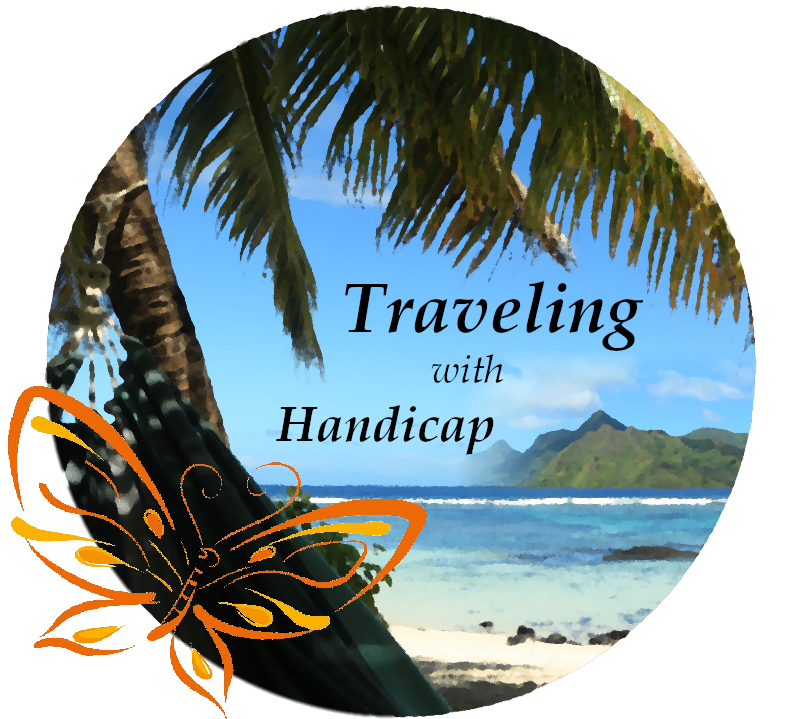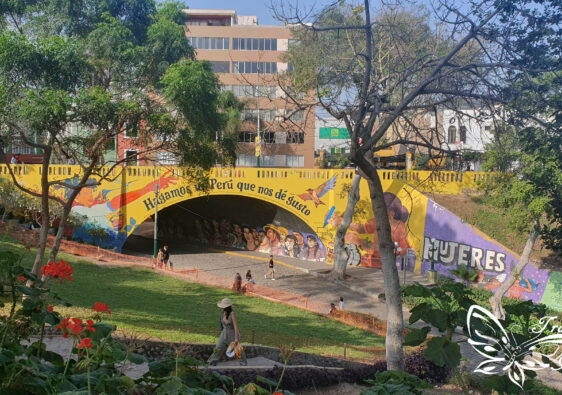Death comes to all, but great achievements build a monument which shall endure until the sun grows cold.
Ralph Waldo Emerson
What and where is Rapa Nui?
Have you already heard the name “Rapa Nui” before? Or maybe (more likely) “Easter Island”? Many people don’t even know that an island with such a name exists. And those who know might believe into one or more of all the mysteries about Easter Island. To blow away the clouds, Easter Island is the most remote inhabited island in the Pacific, belonging to the cultural group of Polynesia. At one point, Chile invaded it and since then it belongs to Chile. Apart from Spanish as a language spoken on the island, nothing reminds me of being in Chile.
There are many mysteries like cannibalism or how the Moai have been transported. During my week at Easter Island, I learned a lot about what is actually true, what was possible, and what has just been misinterpreted and then whispered for too long until it became sticky. Some tourists are disappointed when they learn that there has never been cannibalism. A Rapa Nui expression for a form of dining room has been mistranslated into “eating men”.
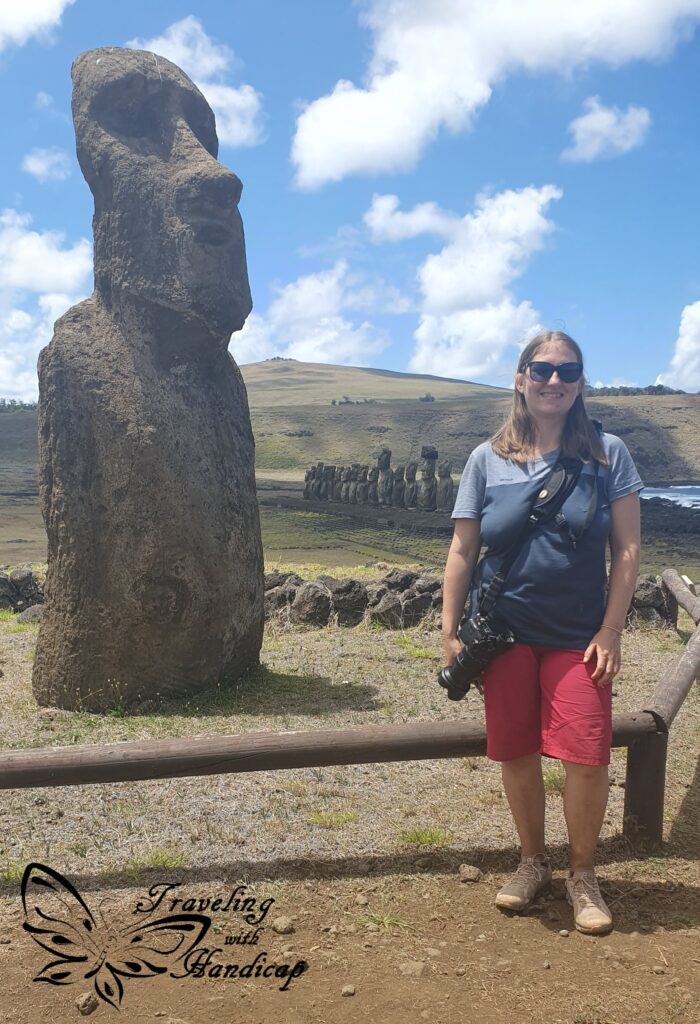

Easter Island during Lockdown
Easter Island was locked away during CoVid for quite long, and since it’s a 5 hours flight to get from Santiago to the island, there is no way for anybody to “escape”. There have been tragedies about people not being able to see their very old or sick relatives anymore. Many also had to leave the island because their income decreased to zero, by the lack of any tourists. Others had to learn how to sustain themselves.
Chile has reopened the access to Easter Island only in August 2022. Since then, passenger flights connect Santiago with Hanga Roa (capital of Easter Island) on a daily basis. The only further connecting flight from the past, between Easter Island and Tahiti (French Polynesia, the closest country among the Pacific islands), has not been reactivated yet. Maybe next year, this (not daily) connection will be reestablished.
Due to the high financial impact of the Lockdown, the big majority of sights within the Rapa Nui National Park are only allowed to be visited with a guide. This way, you have to book tours in order to see places, on top of the very expensive National Park entrance fee of (currently) 80 USD (passport-related, valid for 10 days). Moreover, everything on Easter Island is expensive, since almost everything has to be flown in from Santiago. The prices increased during the Lockdown and stayed at that level. So you easily pay 3 € for 1.5l of water in a random supermarket.
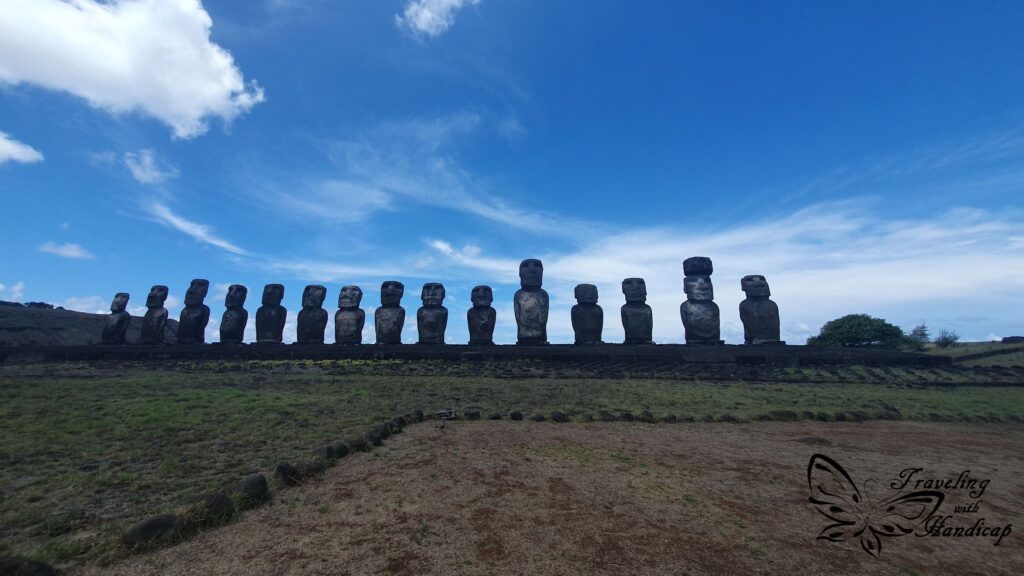
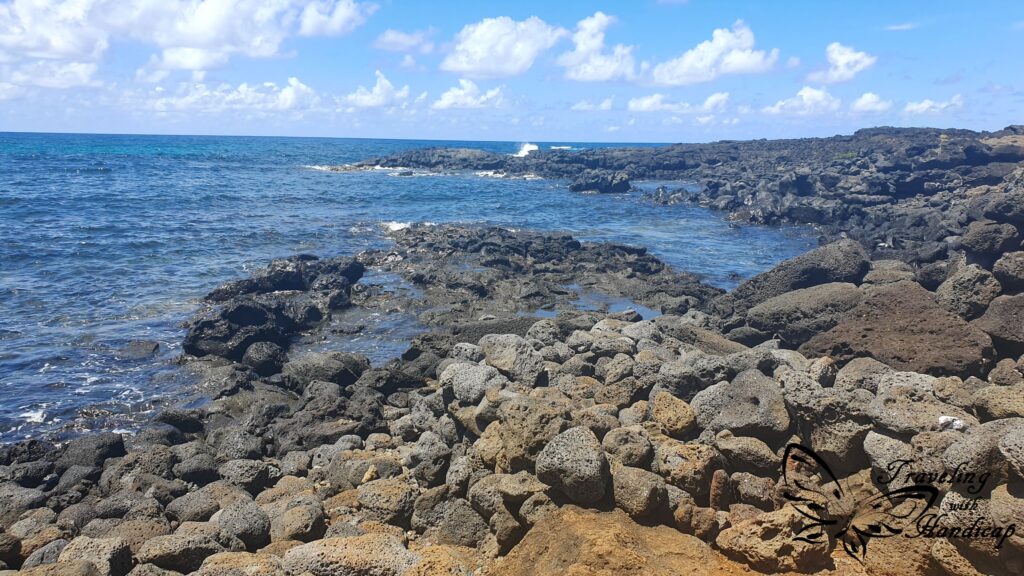
Tapati Rapa Nui
Tapati Rapa Nui is a big festival on Easter Island, happening on a yearly basis in early February. When I considered flying to Easter Island, I wanted to not see the whole festival, but maybe the last couple of days. I could have gone to the Island already earlier during the festival as I did. However, the first return flight I found at the time of booking defined the day for my departure date. Since also accommodation is considerably expensive, I decided to stay for 8 nights, having a complete week available on Easter Island. This way, I had enough flexibility and still no rush.
On the day I arrived at Easter Island, the evening show was declined due to the heavy rain shower during the afternoon. Some audio systems were malfunctioning. I wasn’t too sad since I had to catch up on some sleep. You have to get up quite early for the morning flight to Easter Island. This is why my first full day on the island was the last day of the festival. On that day, there was a big parade and a big and long evening (rather night) show.
The Parade
Who needs carnival in Rio? Sure, the parade wasn’t super long, the whole event was very cool though. Firstly, everyone could get painted for free. Most of the locals were wearing some traditional “dresses” (covering almost nothing). They got painted thoroughly. I bought a flower ring for my head and was wearing my flower towel I’ve once bought on Moorea (French Polynesia). This way, I went to the place for body-painting, queued for 2 hrs, getting some free food in the meanwhile, and got painted finally, just on time for the parade.
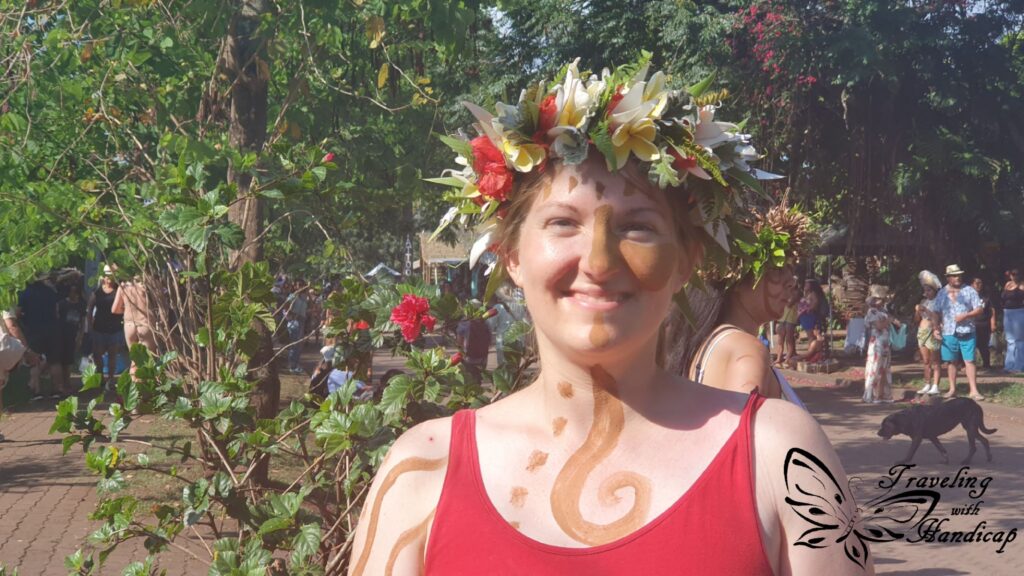
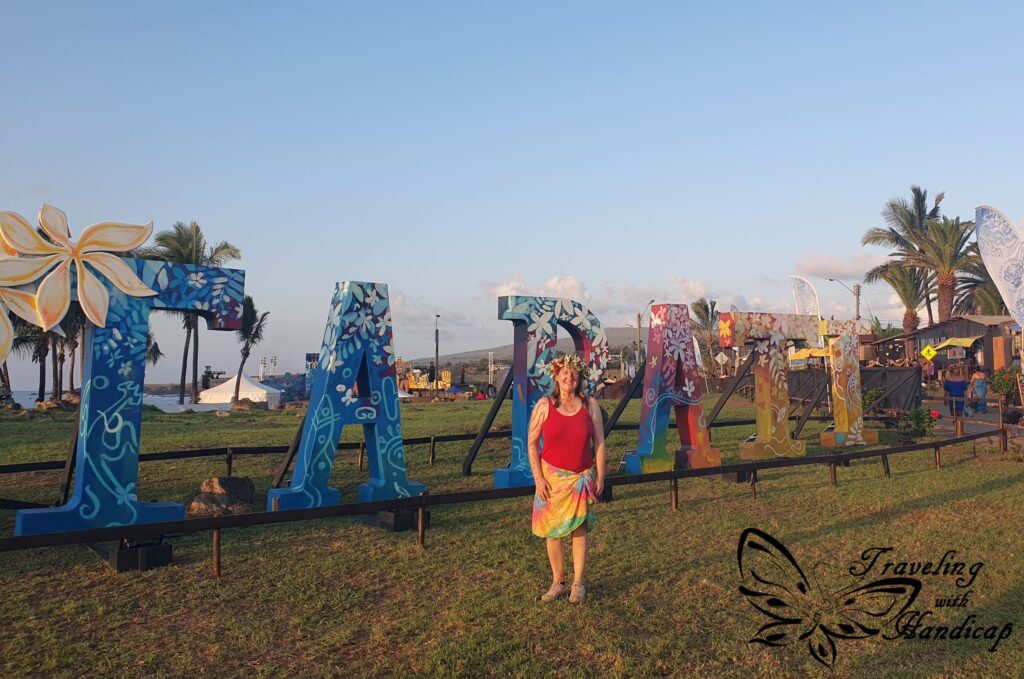
Some tractors carried wagons which were prepared with Moai statues and other traditional stuff. Groups of people – I assume families of those who prepared it – were on the wagons posing, waving, and even having BBQ on one of them to hand out ready to eat stuff. Two wagons carried musicians who created a really great atmosphere. Everybody was allowed to join the parade, no matter if local or tourist. For sure, the majority of people dancing behind the music wagons were locals. Nevertheless, I also joined for some meters, it was cool to be part of it.
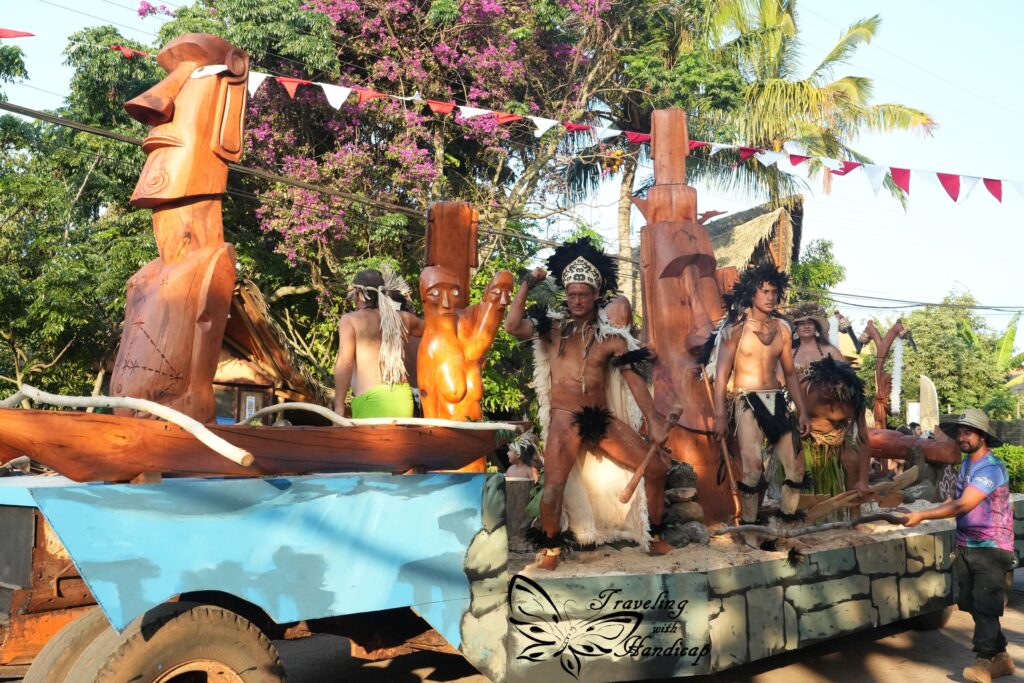
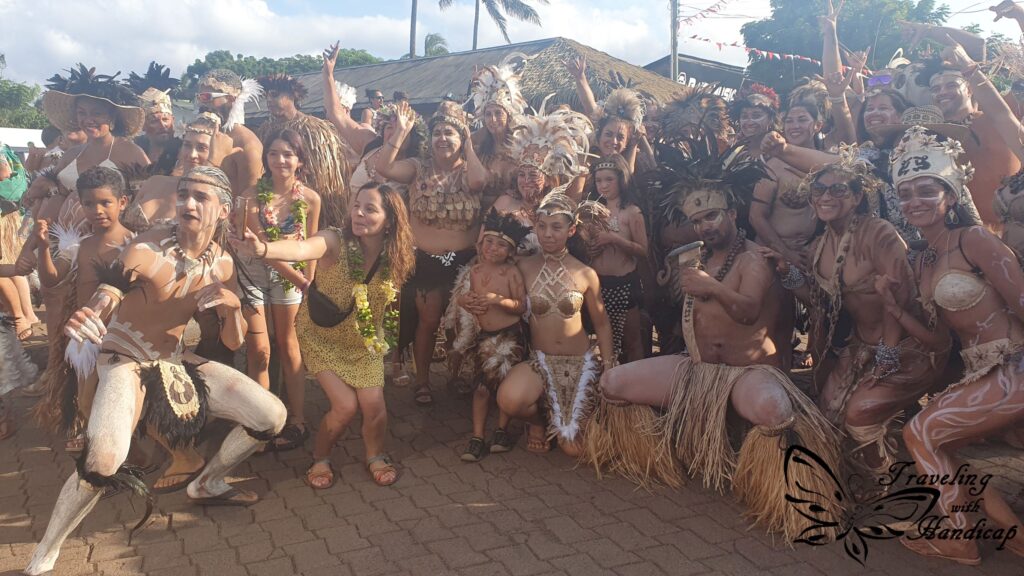
The evening event: crowning of the queen
The parade took a really long time since they moved forward a couple of meters and then stayed there for a while until the next move of a couple of meters. So it was easy to join the parade and also get back on the sidewalk walking back and forth along the parade for taking photos. When I had enough photos and the parade was approaching the Tapati Rapa Nui site more closely, I went to the stage at Hanga Vare Vare. Luckily, I was one of the last people getting a seat. From there, I watched the whole show.
At first two (big) groups performed their dances which were originally scheduled for the day before. Then, the new queen of Tapati Rapa Nui was crowned. This was a very big thing. Firstly, the queen of the previous year gave her speech, then, after another small performance, the new queen gave her speech, holding her son’s hand. I could not understand a word since 90% of the entire moderation and 100% of the speeches were in Rapa Nui language. However, the emotions of the two women were quite touching, you don’t necessarily need to understand the words.
After the crowning, many people left since it was close to midnight. Afterward, there was another performance by a group who visualized one legend about Maoi and Rapa Nui. I watched roughly the first half of the show before returning to the hostel and to bed past 1am.
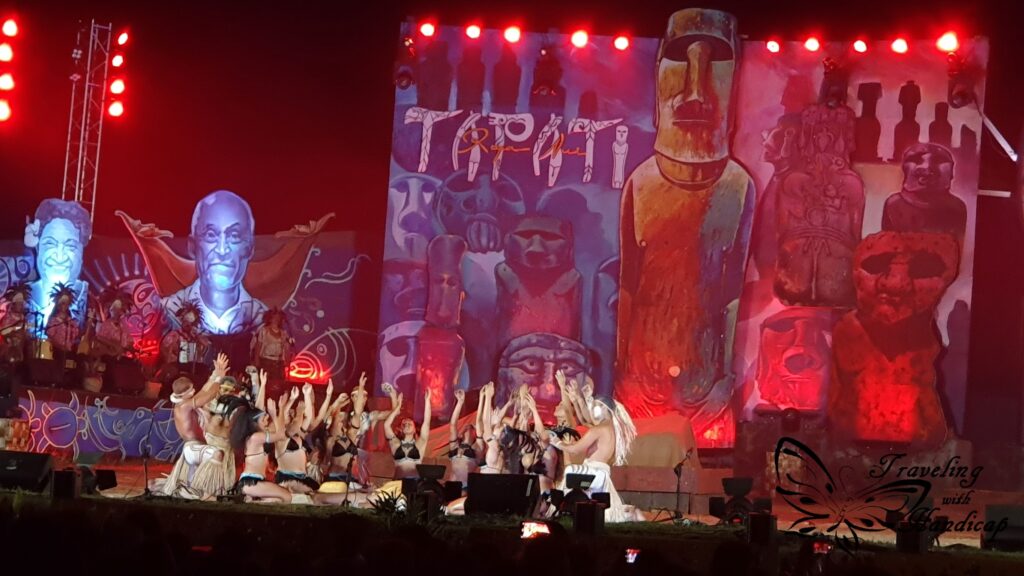
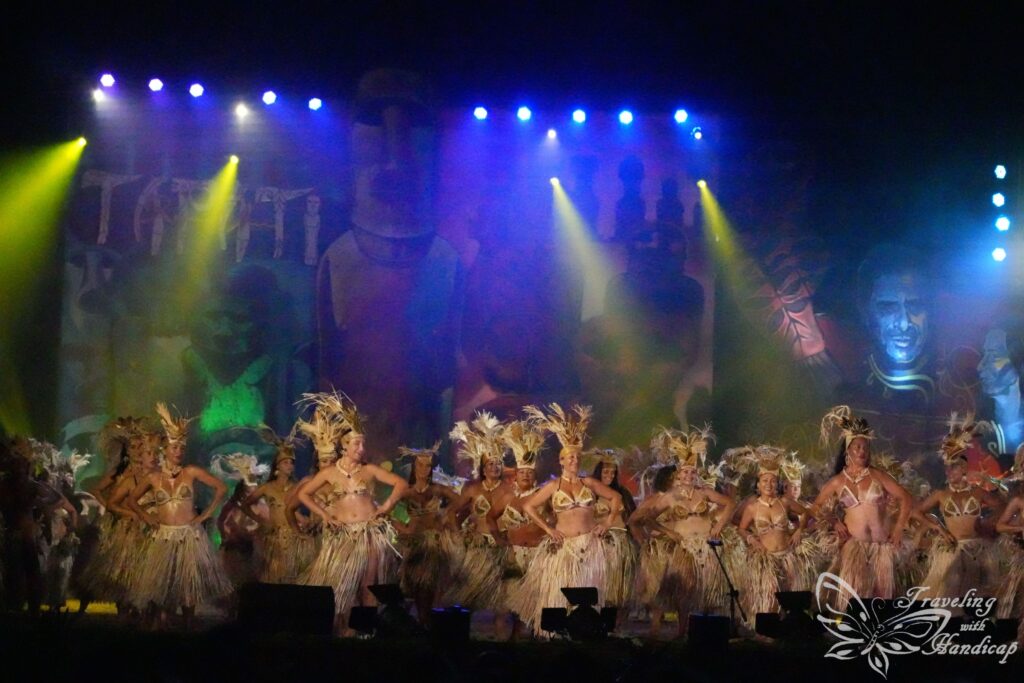
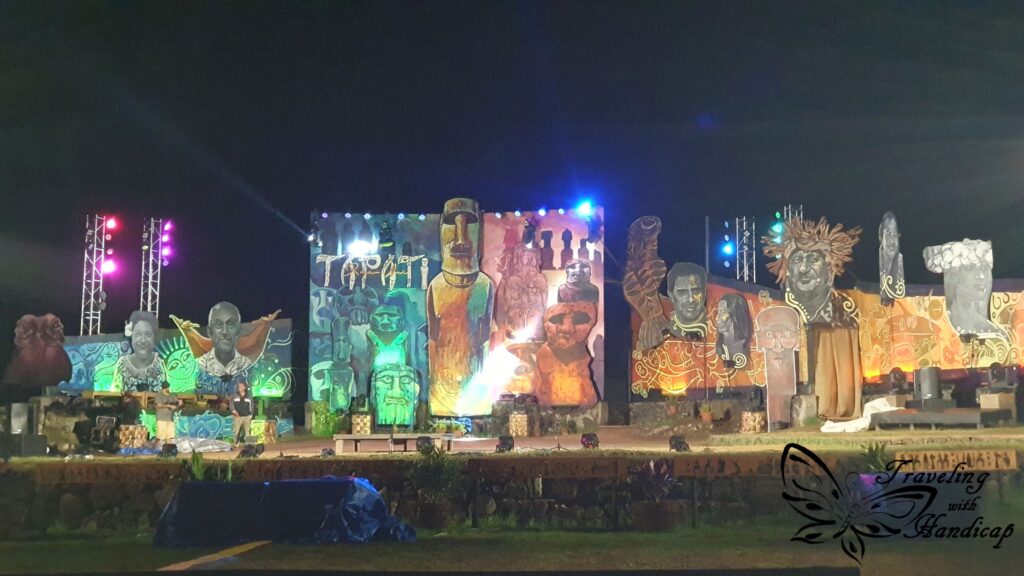
Rapa Nui
Rapa Nui is the name of both the island and the language spoken on the island. I prefer to call the island Rapa Nui, as this is its original name before people tried to invade it. Its name “Easter Island” originates from the time of discovery. The first western sailor got to the island at around Easter, so he called it Easter Island within his notes. And that name stuck. The language Rapa Nui is for sure a Polynesian language. It’s most closely related to the language spoken on the Marquesas Islands (a group of islands belonging to French Polynesia). Therefore, it is assumed that Rapa Nui has been inhabited first by people coming from Marquesas.
Due to social media and the “official language” Spanish, many young people don’t practice Rapa Nui too much. They learn it at school, though, the most important is to practice speaking (with family and friends). One of my tour guides was a really proud young Rapa Nui (native), he was really passionate about introducing us to his culture and country.
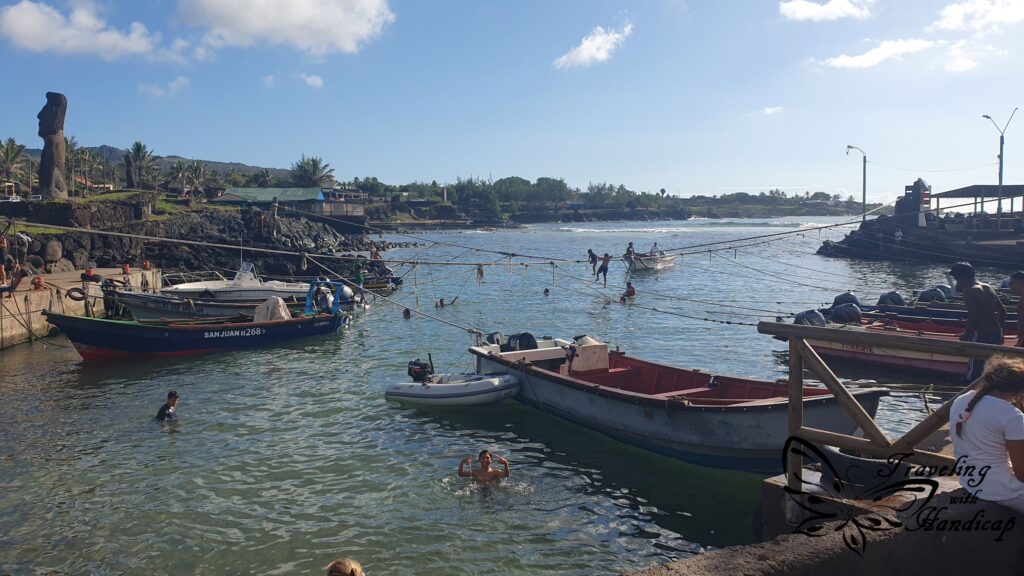
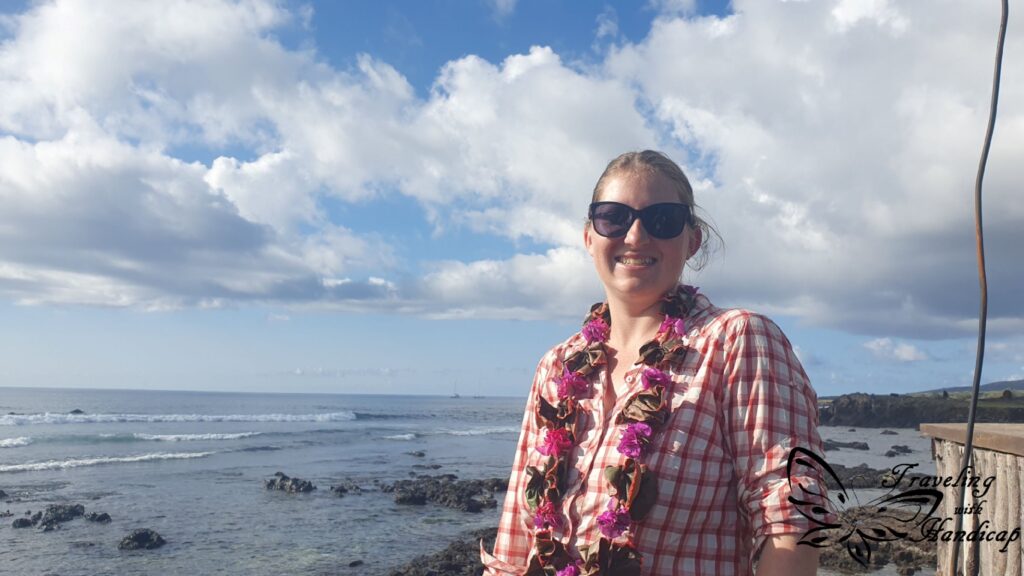
Hanga Roa
Hanga Roa is the main and kind of only town on Rapa Nui. Before the first invasion, this had not been the case, the natives lived in clans all around the island. The sad truth is that the Rapa Nui head of that time has been cheated on and kidnapped. Rapa Nui were brought to Peru as slaves, only few returned. The few left ones have been locked into the town which is called Hanga Roa, and the remaining part of the island has been used by the invaders to make money (from wool and other stuff). This was until the 1960ies, so people still remember.
In our days, Hanga Roa is still the only true town on Rapa Nui. Nevertheless, there are some farmers residing further away, on other parts of the island. However, I couldn’t find any other name of a village, just names of sights. You find everything you need within Hanga Roa, though, more expensive on average. People need to be able to buy anything they require for daily life, since it’s a 5 hrs flight to Santiago. If they require something not available on the island, such as specific clothes, they order it to a specific cargo center within Santiago, which delivers it to Rapa Nui. The airplane delivery is 4 Dollars per kilo and package.
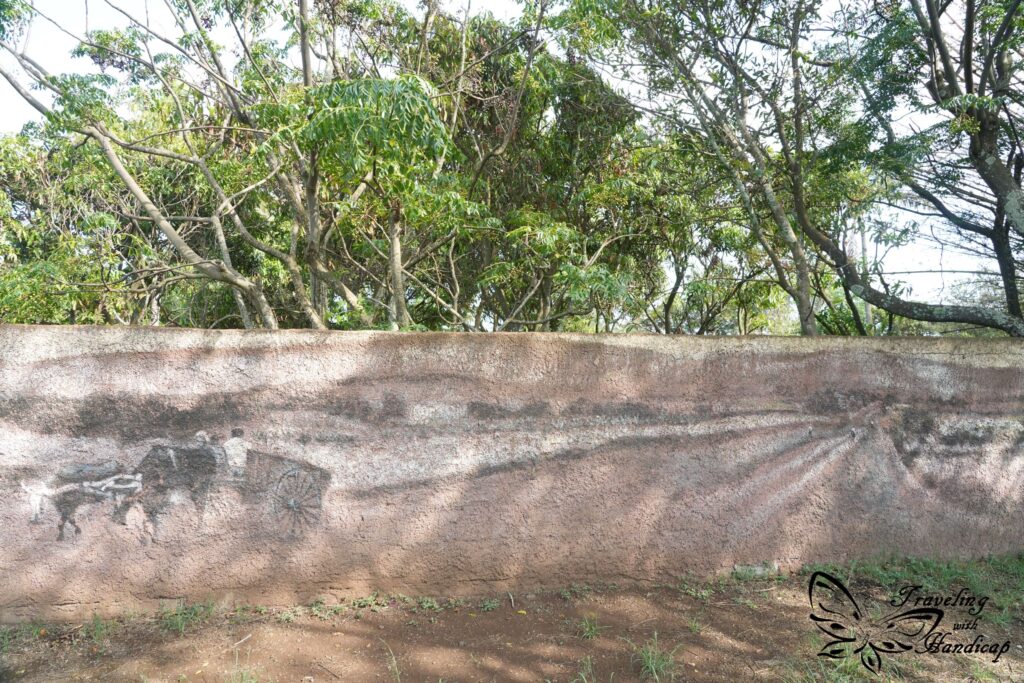


Medical situation on such a remote island
There is a little hospital on Hanga Roa which is responsible for all medical needs of the inhabitants. However, it only enables basic care. If you require specialists, you need to be flown to Santiago. If you’re able to take the passenger/tourist plane, you will be booked on this one. Otherwise, an emergency plane comes from mainland Chile to pick you up. However, this emergency plane is not only responsible for Rapa Nui, so it might take a while to get you to Santiago. Considering the medical situation of other pacific islands I have visited in the past, they have emergency planes on the main island of the country to fly emergency patients out to Australia.
Currently, they are enabling a dialysis center at the hospital. Until now, dialysis patients even have to stay in mainland Chile, away from home, since there is the only option for treatment. There is also almost no blood supply available at the hospital in Hanga Roa. This is why I consider Rapa Nui as a great place to visit, for holiday, but not to stay and live. I prefer to have enough medical treatment options available when needed. Therefore, Rapa Nui is not the most recommended place to go if you have medical issues. With a disability, you need to be extra careful not to hurt yourself. I don’t consider Rapa Nui as well accessible.
Tours
With the current regulations, you have to book a tour (guide) in order to visit almost all places within the national park. I went with Travel Rapa Nui, a company belonging to a German emigrated lady. They offer tours in Spanish, English, and German (which I didn’t expect, honestly). I took two half-day and one full day tour in order to see all spots on Rapa Nui. The two half-day tours were on the same day, so the tours needed 2 full days.
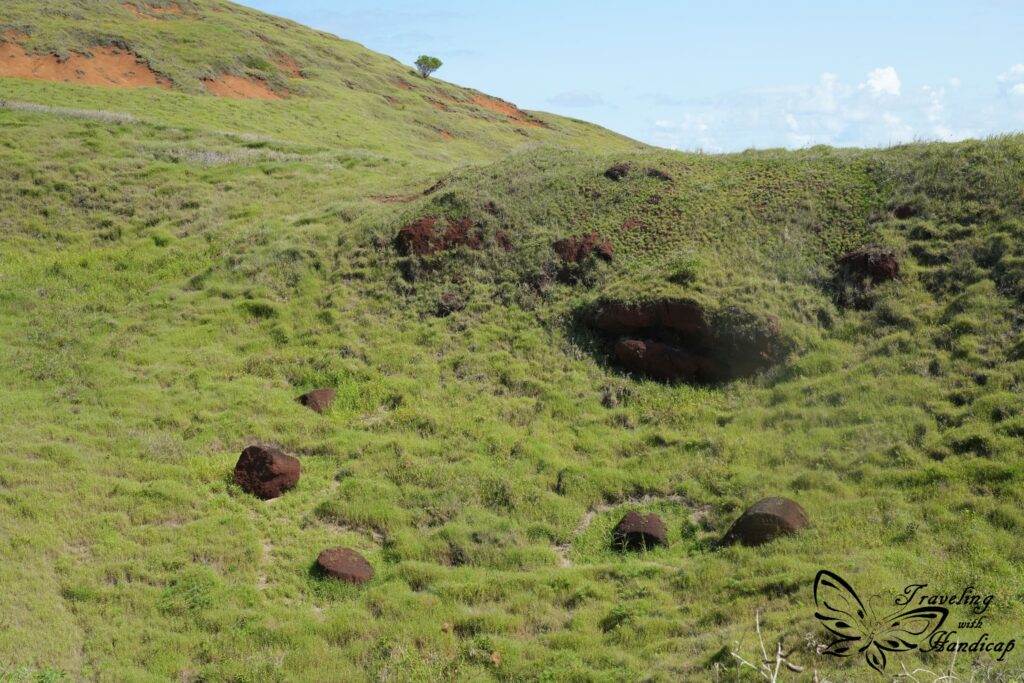
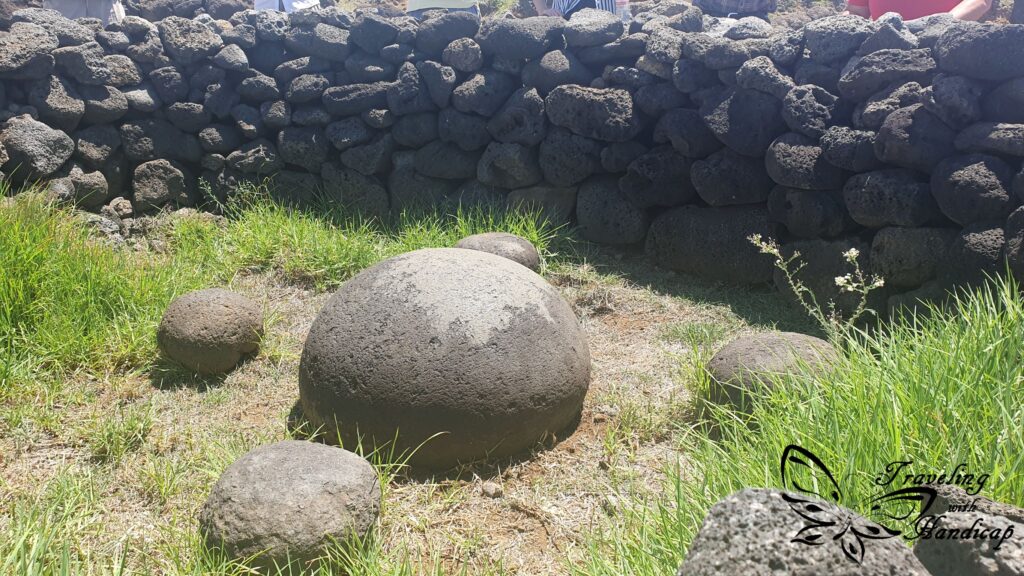
During the tours, I learned a lot about Rapa Nui culture. How they have built their houses, with a super tiny entrance such that you can’t enter quickly, and the invader could be defeated easily. How they have lived within their clans, each clan obtaining its own region (“country”) on the island (“continent”). And, how they have done gardening, how they worked. Last but not least, the most important, the purpose of the Maoi and the more recent birdman’s cult.
The information on these topics on the internet or travel books are rather diverse. Mistranslated, misinterpreted, and – in my opinion the saddest truth – oral traditions lost due to the invaders, slavery, and only approximately 100 native Rapa Nui surviving (more recent number). So, Rapa Nui people these days often get married with immigrants to Rapa Nui since they are related (bloodline) to so many of the other natives. Nevertheless, I trusted most into the stories from the native Rapa Nui guide, who relates to the family and clan who was responsible for the Maoi production.
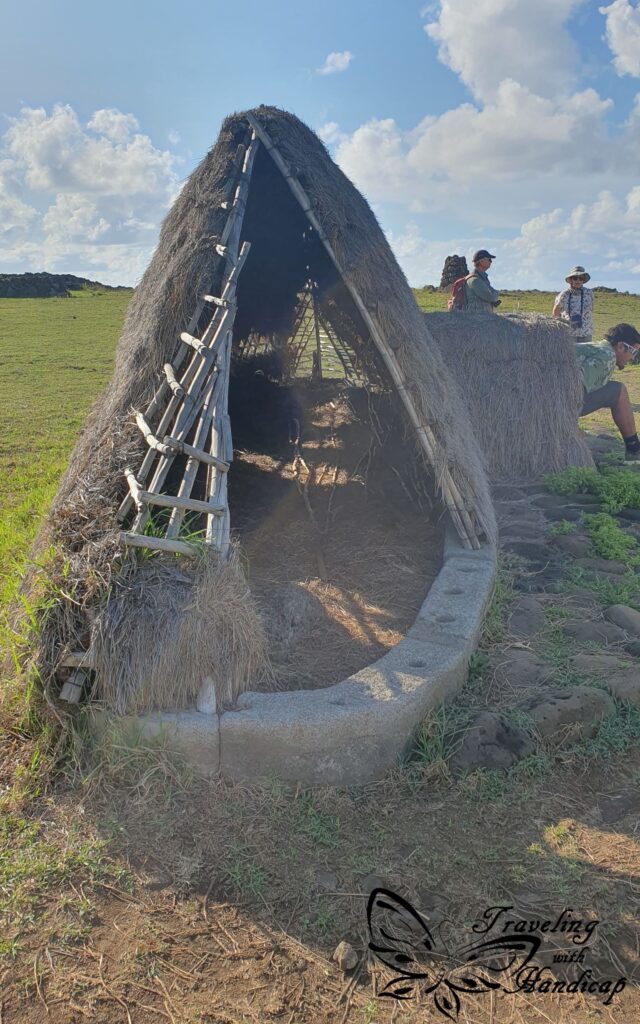
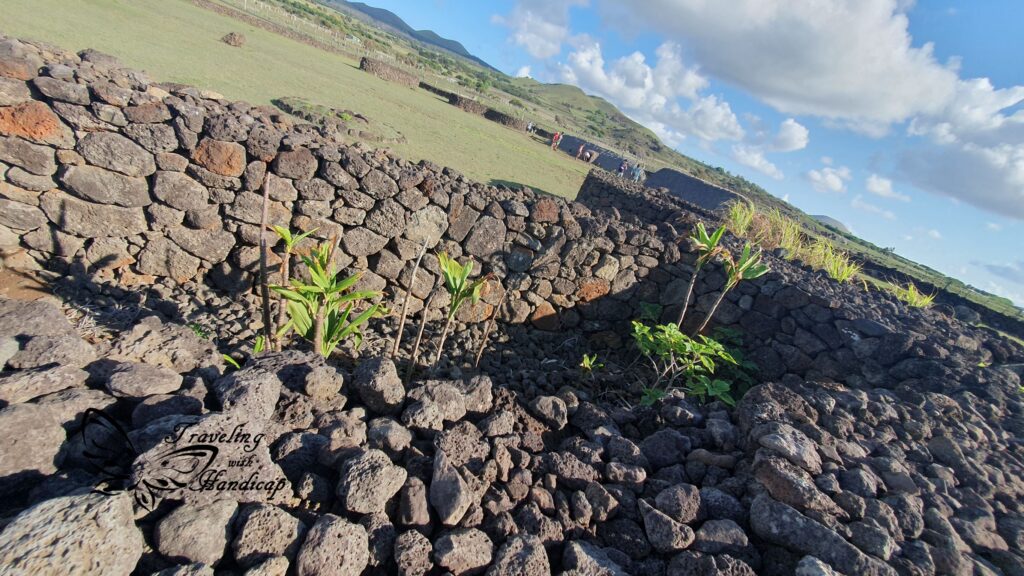

Maoi statues
The first sailors arriving at Rapa Nui have notes on standing stone statues. However, during the major invasion time, reports inform about laying statues. If you consider the meaning of the Maoi statues, this makes sense. Any important head of clans would get a Maoi statue if the clan can afford to buy one. It has been believed that the spirit of dead people continues to live, and the Maoi is the body in which the spirit can reside and still stay with the clan to protect and give advice.


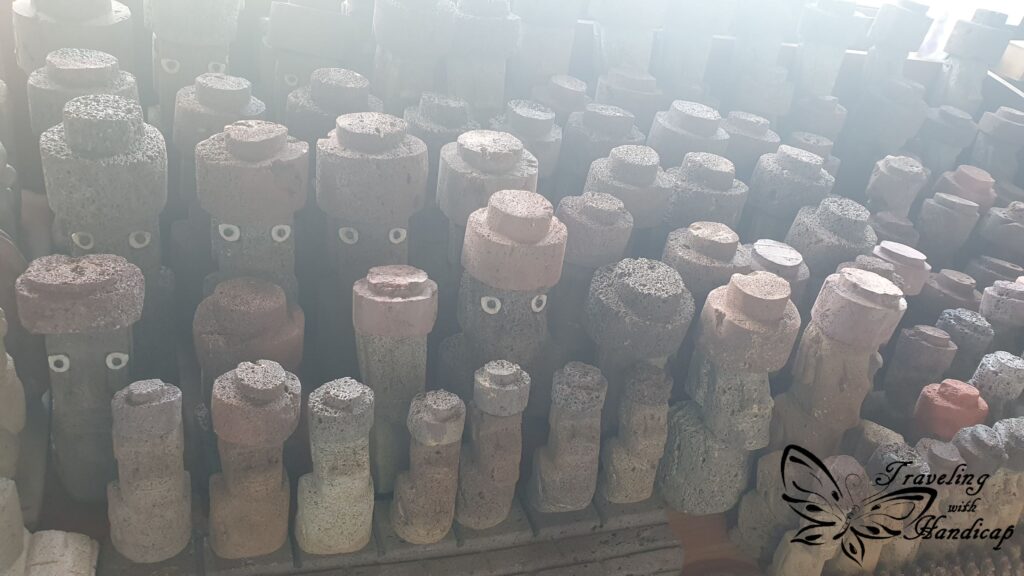
This is why the Maoi always look away from the water and into the village laying just behind. Only one set of Maoi is located further inland and looking into the water (since the village was located differently). The Maoi found by the invaders were all lying, with the face to the ground. During a time of disturbance and whole villages were destroyed, the purpose of Maoi, to have the spirit of ancestors protecting the clan, wasn’t necessary anymore. This was most likely why they have been put down. By the way, on how the Maoi stand and are built, it is rather easy to get them laying down.

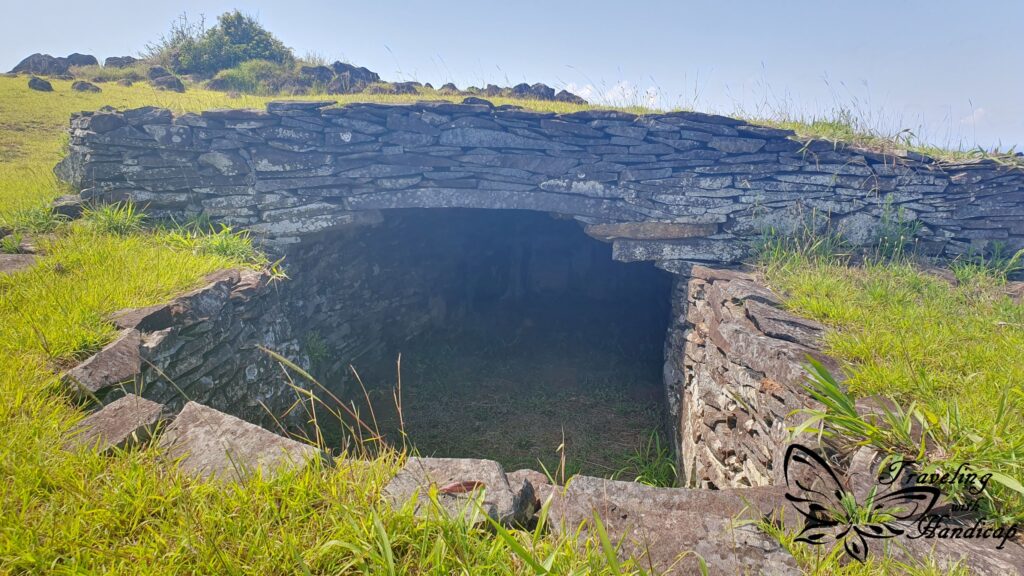

There are so many Maoi across all the island, there is even a sunken one which has been placed underwater for a movie production. Some Maoi have been erected, others kept as they had been. When you’re on the car to get to places around the island and know a little about Maoi, you suddenly see them lying around everywhere. There are so many! Only important people got Moai, the less important clan members were buried in the graveyard behind the Moai statues.

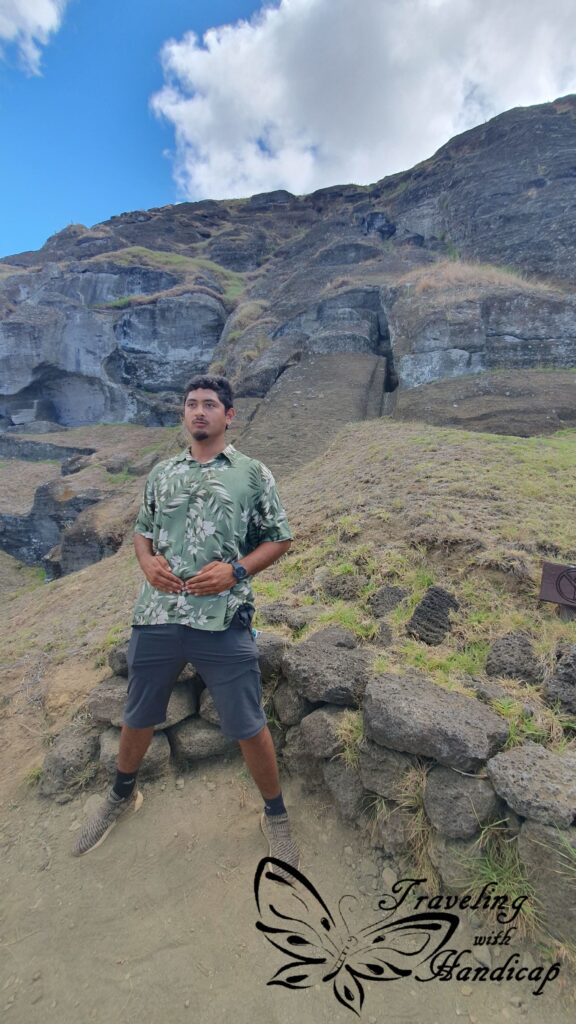

Structure of clans
Different clans have lived on Rapa Nui, each clan with their distinct ancestors on a specific region. The people of a clan were not supposed to invade into other clans’ regions. Only astronomers and other scientists were allowed to enter different areas. The whole society was distributed into three classes. The highest class was living right at the shore, with the best access to seafood. The lowest class had to reside at the highest points, the furthest away from (also fresh) water. Each clan had a main industry, one for example being responsible for the Maoi statue production.



There is a good museum in town which just reopened during my stay after being closed for three years. Within this museum, you could read and recap a lot of the content from the tours. In more recent time, when the clan structure was already weak, the birdman’s cult started. This cult is recent enough to still have people being able to tell stories. Each clan sent one very skilled and strong man to swim to the neighboring tiny island and bring a bird-egg back to his ruler. The man who arrives at his ruler first made his ruler the ruler above all clans on Rapa Nui for a year.


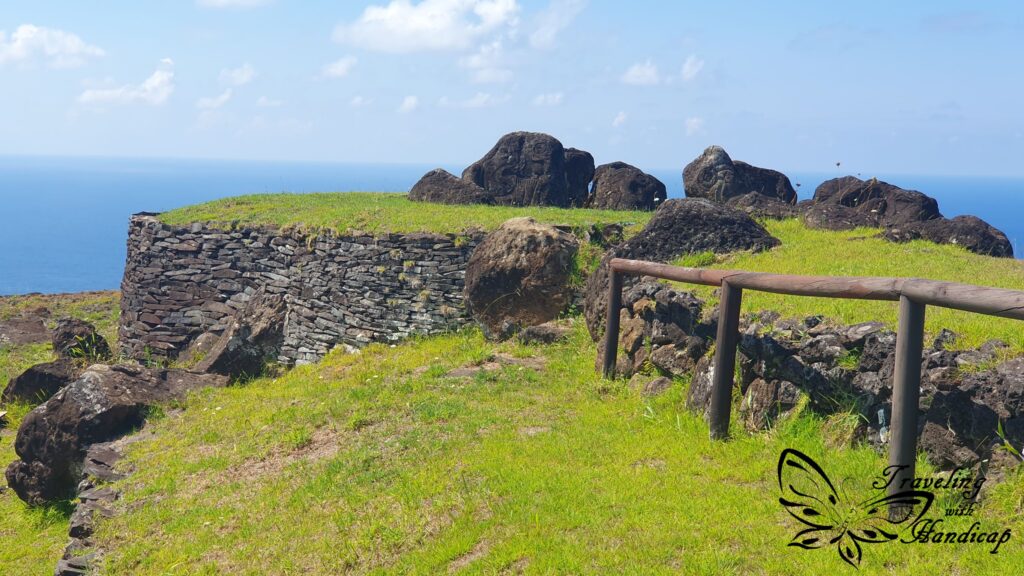
Sunrise and Sunset
There are spots which are really special for sunrise or sunset. For sunset, I really appreciate that the Moai site Ahu Tahai are free, accessible without a guide. It’s indeed very romantic and in walking distance from Hanga Roa. Many people leave at sunset, however, the best colors are after sunset! For sunrise, Ahu Tongariki is the place to go. It is too far from Hanga Roa, you need to either have a car or go with someone. Just keep in mind that Tongariki is only accessible with a guide (or local Rapa Nui). If you go without, you may only watch the sunrise from around the site. Honestly, this wasn’t bad at all.
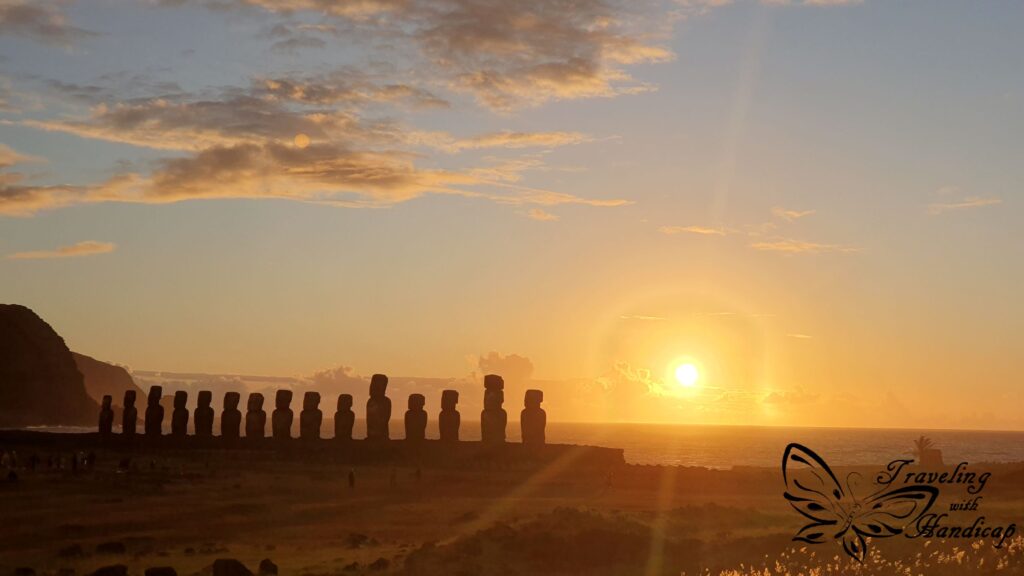
Beaches, Snorkeling and Diving
With a group of people, we rented a car for a day, for the sunrise and beaching. The beaches at Hanga Roa are stony, it’s not really comfortable to enter the water. It’s quite shallow, so I struggled walking in. An easier way – at least for me – was with my snorkel on, laying flat and pushing myself with my hands from the stones. The beaches of Hanga Roa are amazing for snorkeling with turtles, there are many, big ones, that approach you closely. I stayed in the water with my snorkel on for so long, it was so interesting to watch the turtles swim and feed.

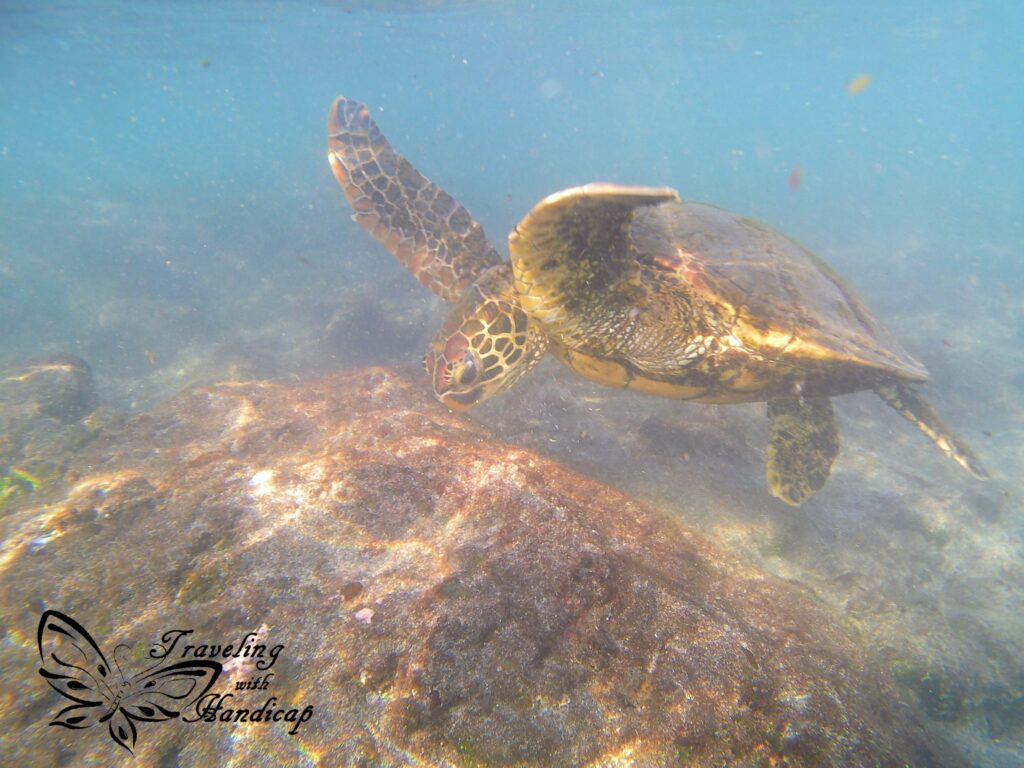
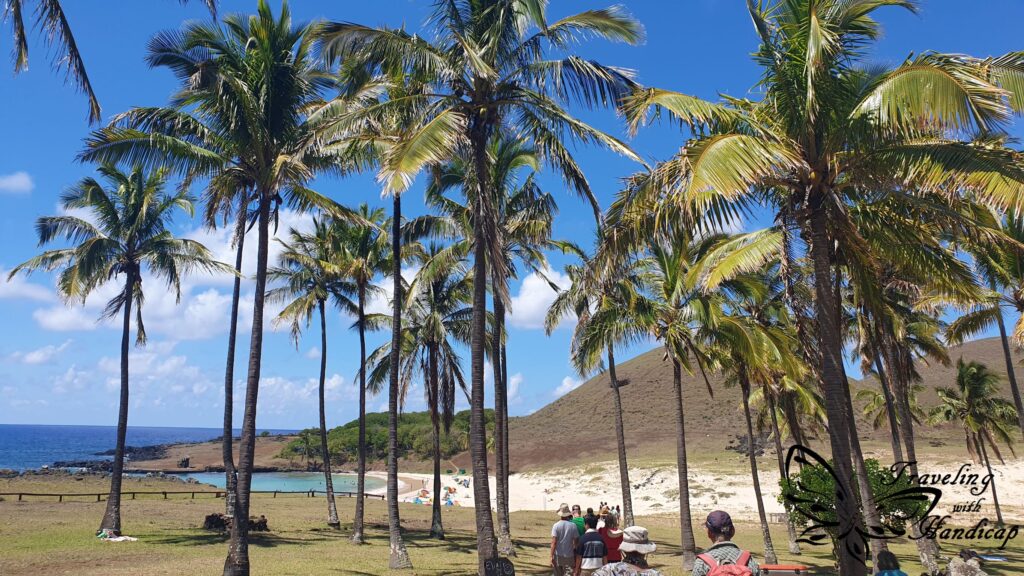
The best beach – and maybe only one – for chilling on the beach is Anakena. It’s too far from Hanga Roa, you could cycle, I would recommend going by car though. White sand, refreshing water, some Maoi set up for decoration, plenty of palm trees and some tiny restaurant and souvenir huts. I went there twice, with a tour for a short time and with people from the hostel for a whole afternoon.
If you have a diving license with you, there are great options to get out and into the water. The (currently) three diving companies were all Padi certified, but have different equipment. One is known to be more expensive than the other two, but having high quality equipment. Depending on how deep you are allowed to dive, there are different spots available. The two most well-known ones are the sunken Maoi (with Open Water) and the cathedral (Advanced). I was doing a Refresh dive within a reef with many fish.
Where to stay
I stayed in La Casa del Kori, an amazing hostel, I had a great experience there. I felt like being part of a Rapa Nui local family. Kori and Marcella took very good care of all guests, helped us with everything. I don’t get paid for promoting them, I’m just doing it because it was such an amazing stay. Kori picked me up at the airport, with a flower bracelett. He informed me about all I have to know, took care of the tour reservation. The hostel is a very comfortable and clean house in a very central location, easy to walk around. When I had to say goodbye at the airport, I got really emotional, especially after getting a little bracelett and hug.
